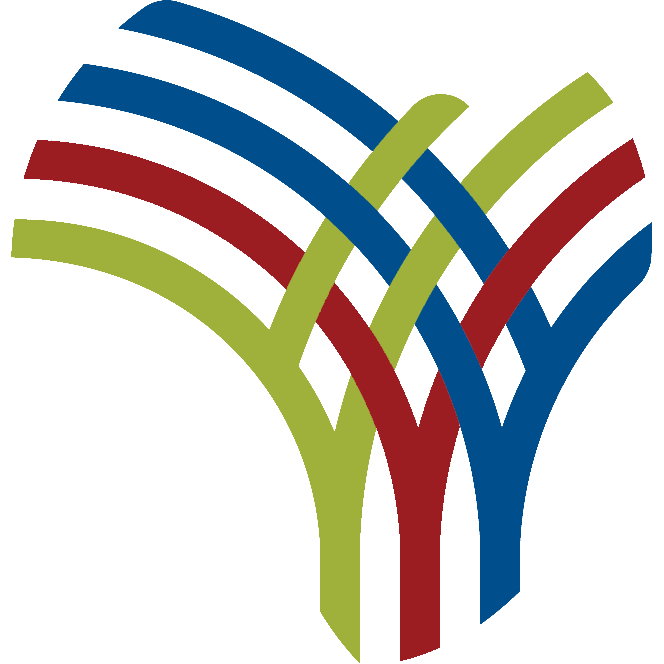Rwanda has recorded a significant decline in poverty over the past seven years, lifting more than 1.5 million citizens out of poverty, with an average of 214,000 emerge from poverty each year, new research shows.
The 7th Integrated Family Condition Survey (EICV 7) published by the National Bureau of Statistics of Rwanda (NISR) on Wednesday, April 16th shows that the national poverty rate has fallen from 39.8% in 2017 to 27.4% in 2024.
Also Read: 1.5 million Rwandans from poverty in 7 years
Urban poverty has declined from 18.8% in 2017 to 12.7% in 2024, to a 6.2% decrease, the report noted, adding that rural areas experienced a larger decline from 44% to 31.6%, indicating a 12.4% decrease.
Prime Minister Eduard Nugilente described the 1.5 million Rwandans removed from poverty as encouragement figures.
He said that poverty reduction and other outcomes presented in the research report have been realized over the seven years of implementation of the first National Change Strategy (NST1) implemented between 2017 and 2024.
He said they are driven primarily by the strategic investments made by the Rwandan government and its partners over the past seven years.
“In addition, the long-standing social protection schemes have played an important role in improving citizens’ well-being,” he said.
“These efforts have also contributed effectively to the creation of income-generating activities and employment opportunities in Rwanda, and are clear evidence of the impacts that can be achieved through excellent planning and effective implementation,” he added.
Also Read: Rwanda needs $1.5 billion to achieve universal energy access by 2029
In particular, Ngirente said that the country’s good speed of recovery after Covid has led to increased employment opportunities, especially for an active workforce, including young people.
Ngirente said the recovery is in line with economic activity growth, with an average growth of 9.1% over the past four years, adding that this is supported by good performance in most key sectors in the country.
“When we launched our development agenda, we established a clear vision to ensure that all Rwandans benefit from economic growth,” he said.
“In this respect, one of the key findings we are observing is the strong correlation between increased household consumption and economic growth,” he said.
He noted that the relationship reflects steady improvements in income levels, employment opportunities and social welfare initiatives.
“It also means families can provide better nutrition, improved health care, a quality education for their children, and a higher standard of living overall,” he said.
Also Read: Over 500,000 Employments Created in 3 Years as Economy Recovers – PM nirente
Regarding social protection, the report showed that the survey data found that the number of Vision Umurenge Programme (VUP), an integrated program to accelerate poverty eradication, rural growth and social protection, has around 410,000 beneficiaries.
VUP provides a variety of support to beneficiaries, including wages as payments for public works. Direct support or safety net by providing unconditional monthly cash transfers to the poor.
Support also includes financial services consisting of cheap loans charged at an interest rate of 2% per year to help economically vulnerable people run income-generating activities.
The analysis shows that VUP interventions are significantly targeting vulnerable populations, particularly women, and note that despite improvements, VUP households are lagging behind access to basic services compared to the general population.
Poverty rates remain high among VUP beneficiaries – 40.5% compared to the national poverty rate is 27.4% – highlighting the need for a strengthened strategy, especially in employment-centric initiatives such as public works.
As the country has seen these good results, Ngirente said he still keeps mind that he is still doing much on his journey to becoming a poverty-free Rwanda.
Poverty indicator
Sign up for the AllAfrica newsletter for free
Get the latest African news
success!
Almost finished…
You need to check your email address.
Follow the instructions in the email you sent to complete the process.
error!
There was a problem processing the submission. Please try again later.
While presenting the findings, NISR Director Ivan Murenzi said poverty measurements begin with establishing a poverty line. This includes both food and non-food needs, such as rent, housing, clothing, health, and education. But food is an important factor.
In this regard, experts have set calorie requirements, and set costs to meet basic food needs and to meet the cost.
The food poverty line that determines extreme poverty was set at RWF356,000, while the general poverty line was set at RWF560,000, which is equivalent to adult-equals per year.
Therefore, 27.4% and 5.4% of Rwandans are below the corresponding line, causing them to fall into poverty and extreme poverty, respectively. According to Murenzi, these individuals are thought to be unable to afford the basic necessities of life.
Murenzi explained that the poverty line, “not necessarily healthy,” represents a basic food for functioning.
Despite impressive progress, Murenzi said 27.4% of Rwandans still living in poverty represent “specific numbers” seeking ongoing efforts and targeted policies to build national interests.

